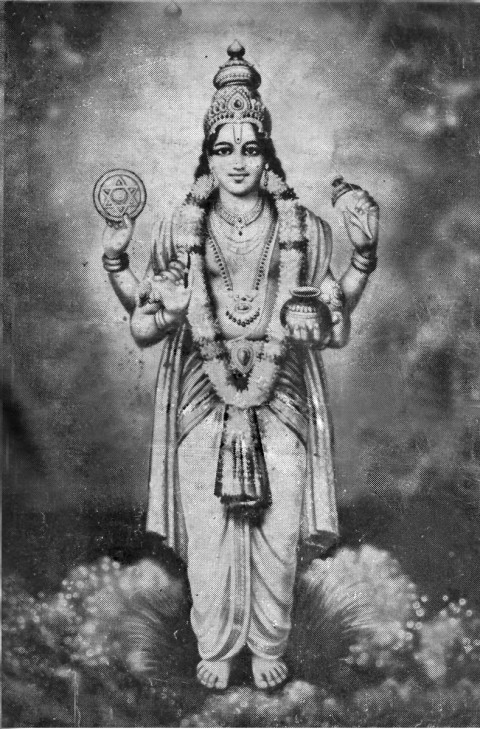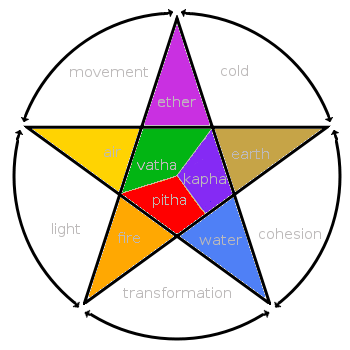Ayurveda
Ayurveda (Sanskrit Āyurveda आयुर्वेद, “life-knowledge”; English pronunciation /ˌaɪ.ərˈveɪdə/) or ayurvedic medicine is a system of traditional medicine native to Indian subcontinent and a form of alternative medicine. The oldest known ayurvedic texts are the Suśruta Saṃhitā and the Charaka Saṃhitā. These Classical Sanskrit encyclopedias of medicine are among the foundational and formally compiled works of ayurveda.
By the medieval period, ayurvedic practitioners developed a number of medicinal preparations and surgical procedures for the treatment of various ailments. Current practices derived (or reportedly derived) from ayurvedic medicine are regarded as part of complementary and alternative medicine. …
Since Ayurveda is really the generic term for “traditional medicine” in India, actual practice may be widely divergent. Descriptively, one may either focus on the historical foundation from the evidence of the earliest ayurvedic texts of the early centuries of the Common Era, or alternatively a description may take an ethnographic approach and focus on the forms of traditional medicine prevalent across India today.
Much like the medicine of classical antiquity, Ayurveda has historically taken the approach of enumerating bodily substances in the framework of the five classical elements (Sanskrit [maha]panchabhuta [महा] पञ्चभूत, viz. earth), (water, fire, (air and aether), considering the seven “tissues” dhātu (Devanāgarī: saptadhatu सप्तधातु of plasma (rasa dhātu), blood (rakta dhātu), flesh (māṃsa dhātu), adipose (medha dhātu), bone (asthi dhātu), marrow (majja dhātu), and reproductive (śukra dhātu).
Ayurveda stresses a balance of three elemental substances (doṣa दोष), analogous to classical humorism: Vāyu / vāta (air & space – “wind”), pitta (fire & water – “bile”) and kapha (water & earth – “phlegm”). One ayurvedic theory asserts that each human possesses a unique combination of doṣas that define that person’s temperament and characteristics. Each person has a natural systems state, or natural combination of the three elements, and should seek balance by structuring their behavior or environment to provide more of the element(s) they lack. Another view, also present in the ancient literature, asserts that humoral equality is identical to health, and that persons with preponderances of humours are proportionately unhealthy, and that this is not their natural temperament.
In Ayurveda there are 20 fundamental qualities ( guṇa गुण) inherent in all substances, arranged in ten pairs of antonyms: heavy/light, cold/hot, unctuous/dry, dull/sharp, stable/mobile, soft/hard, non-slimy/slimy, smooth/coarse, minute/gross, vicious/liquid.
Ensuring the proper functions of channels (srotas) that transport fluids from one point to another is a vital goal of ayurvedic medicine, because the lack of healthy srotas is thought to cause rheumatism, epilepsy, autism, paralysis, convulsions, and insanity. Practitioners induce sweating and prescribe steam-based treatments as a means to open up the channels and dilute the doṣas that cause the blockages and lead to disease. …
http://en.wikipedia.org/wiki/Ayurveda
Foto:
http://kraeftereich.wordpress.com/ayurveda/
http://en.wikipedia.org/wiki/File:An_Ayurvedic_Pharmacy,_Rishikesh_%281%29.jpg



